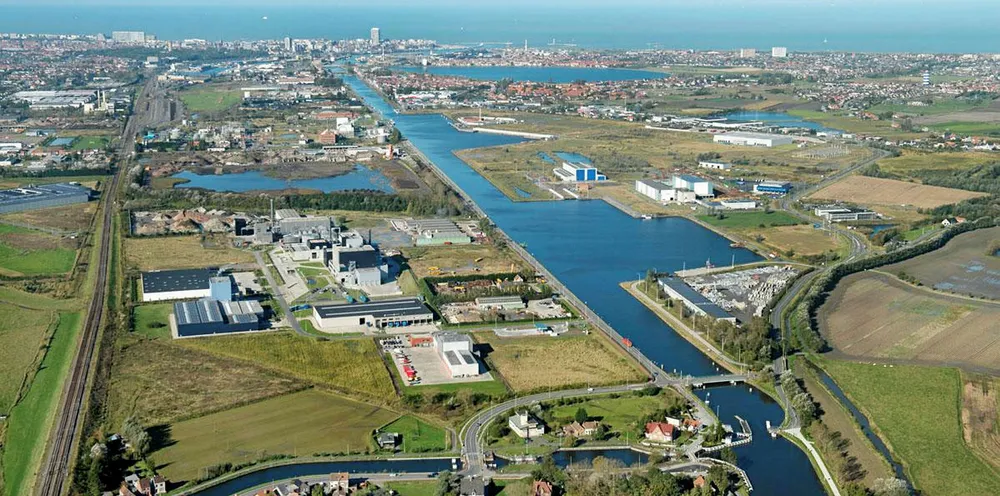World's first commercial green H2 project powered by surplus renewables unveiled
Hyport Oostende in Belgium, to be powered solely by excess offshore wind, is also set to become the first project to use green hydrogen as energy storage

Hyport Oostende in Belgium, to be powered solely by excess offshore wind, is also set to become the first project to use green hydrogen as energy storage
